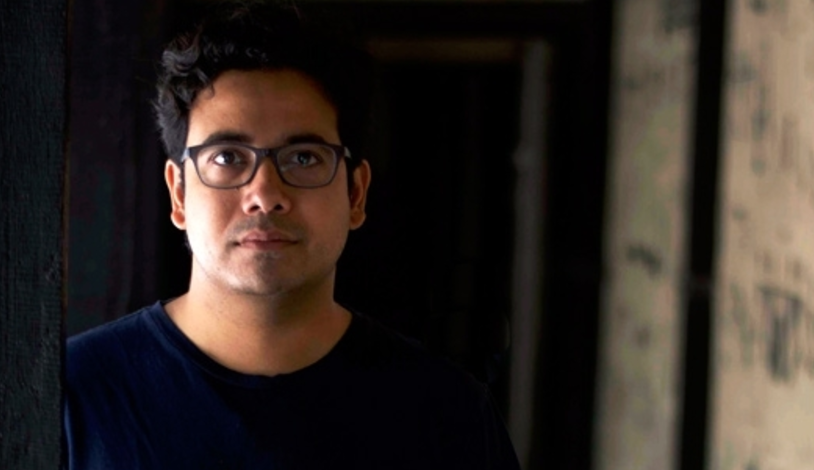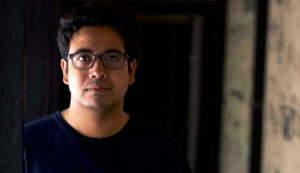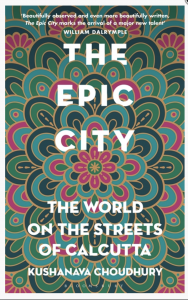
Calcutta, India’s biggest manufacturing hub strewn with skeleton of past machine-age

The grand colonial era at Kolkata, the former capital of British Raj, still have many of its once-grand colonial-era structures.
Indian born American writer Kushanava Choudhury explores India’s most industrialised city, and zooms in on Kolkata’s educated and wonders why many Bengali babus borne out of the British empire – including his own family, never abandoned the British spelling of the city’s name Calcutta. Kolkata’s middle class families prospered as the city flourished economically during the colonial rule.
He writes “ When I was growing up, my family acted as if their health had been momentarily misplaced, and yet my aunts keep repeating, we come from declining Old Money, We are actually somebodies”.
His scientist parents migrated to America and Kushanava Choudhury arrive in New Jersey at the age of 12, and by 17, after a stint in Princeton high school graduate, he felt hunched over with nostalgia like a middle aged man. After college he returns to Kolkata, where fifteen million people still lived, he decided to take a job as a reporter for the Statesman, its leading prestigious English newspaper, he found the streets of his childhood unaltered by time. Fish-sellers on bazar, shouting hawkers operating from overran footpaths, politics still meant barricades and bus burnings while democratically elected communist ministers travelled in motorcades. He paints a colourful, soulful portrait of the everyday lives that makes Kolkata, with humanity, wit and insight.
Since 1947, the exodus of several of its educated youth in recent decades, Choudhury thinks Kolkata has a unique vibrancy detached from the commercial logic of most Indian cities. The city boasts of 500 Bengali “little magazines”, where writers capture tiny audiences.
He explores the deindustrialisation that overlooked India’s biggest manufacturing hub, covering 45,000 acres of industrial lands, “strewn with skeletons of its machine- age past.
In his book, he mentions the traumas that have scarred the city in the 1943 Bengal famine in which 3 million people died, and the deadly Hindu-Muslim riots in 1946, as neighbours turned on each other, and 1970s mutiny when educated urban youth sought to wage war on corrupt politicians and were met with brutal repression.
His father a rural landlord who lost his lands in the upheaval of partition – to the tiny Kolkata flat where they lived as refugees in their own country and never utter a word.
The Epic City: The World on the Streets of Calcutta by Kushanava Choudhury, Bloomsbury £16.99,/ $ 27, 272 pages.

